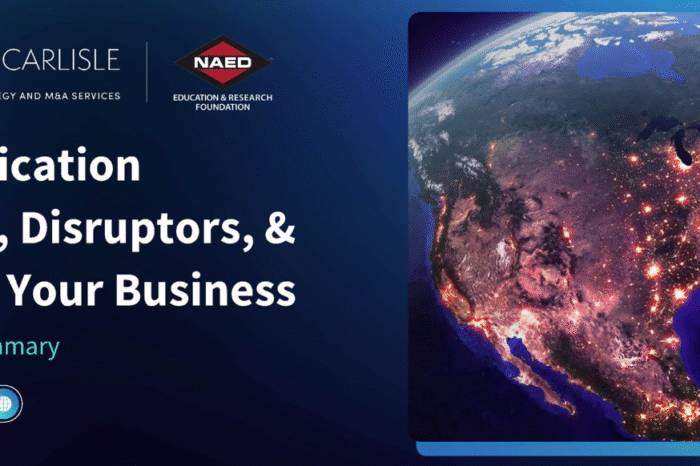The IDEA Conundrum
As manufacturers and distributors seek to increase their market share, improve net margins, and their productivity, IDEA faces an interesting conundrum … “Is IDEA’s revenue growth important to its success or is the cost-savings that it generates for the industry vital to participating manufacturers and distributors?”
Much of the change in the industry is being driven by industry consolidation, market forces that are tightening margins, and a need by all parties to reduce errors (and paper) in the marketplace (side note: we are currently conducting a survey, sponsored by Billtrust, to identify distributor invoicing issues). These issues create challenges for IDEA.
The goal of IDEA is to help the industry (meaning all parties) be more profitable. The fact that it makes a profit is incidental (not core to its mission). As the industry grows and more distributors and manufacturers subscribe to the IDX2, transaction growth occurs, however, if the industry was static, the IDX2 would remain a major benefit for distributors and manufacturers as it reduces paper (who wants to revert to paper invoices being sent, received, reconciled, etc and forget the value of advance shipping notices and such… and try to get attributed product data!). The net result is that everyone benefits from electronic relationships.
The IDW2 faces the same issue, and has greater benefits to acquisitive distributors and manufacturers. Yes, everyone would like more subscribers (and there is a way to do this!). But if there aren’t more subscribers, don’t consolidators reap greater value by being able to download accurate and timely product information from a central source for a greater number of locations? Doesn’t this benefit manufacturers? And consider that many of the acquired companies were not participating in the IDW2 (and maybe not even in IDEA).
To further benefit the industry, it is important to recognize that manufacturers are the originator of all content, be it that they distribute it to IDEA, Trade Service “creates” it itself (from manufacturer information), or manufacturers provide information (Excel or downloads) directly to distributors. All manufacturers would like to streamline this process…think of how much money is wasted…some estimates say as much as 2% of manufacturer sales could be saved!
To improve industry profitability, IDEA and Trade Service (TSC) should identify a way to work together. TSC has 675+ electrical distributor subscribers. Consider how much more beneficial the IDW2 would be to manufacturers if they could populate this group of distributors through the IDW2 with accurate information. And do you think manufacturers (or IDEA) could conceive of strategies to motivate distributors who are receiving Excel files to subscribe to an IDEA/TSC joint service?
IDEA benefits the industry. The question is “Is the industry ready to benefit from IDEA?” For the organization to succeed, an open relationship is necessary; complete understanding of the issues must be understood by many (in non-technicalese); and individuals who understand, and empathize, with all of the issues need to run the business. Association management mentalities have a history of failing in bold, industry changing initiatives. Typically this “management style” results in minimal incrementalism and a drive for consolidation of power by one entity (distributors or manufacturers). Independence of any organization is vital to its success.


















